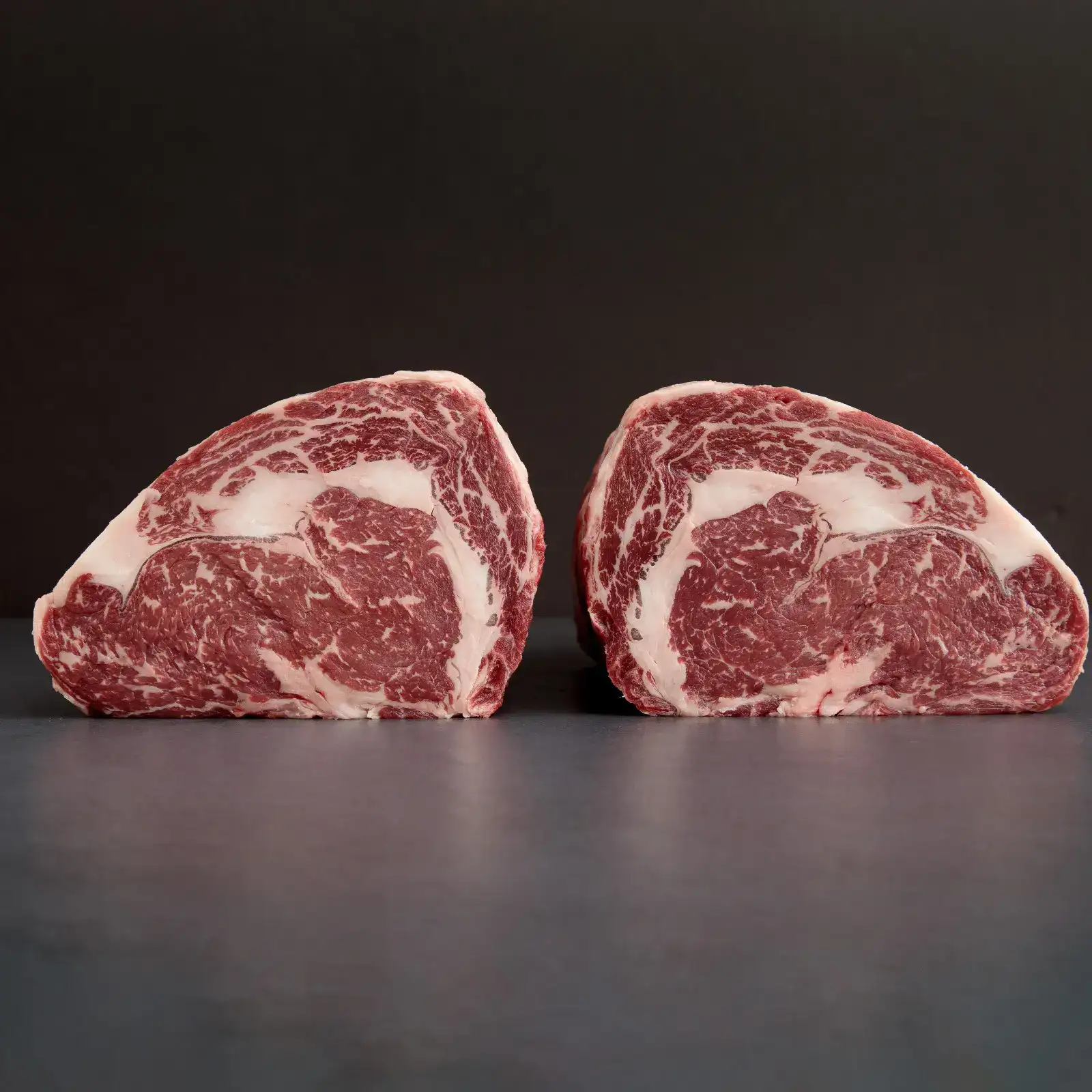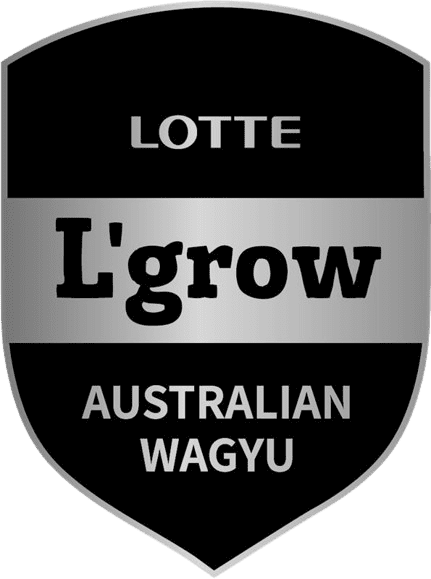
What is the difference between A5, B5 and C5 Grading Japanese Wagyu
If you’re diving into the world of Japanese Wagyu, you might be wondering what all those grades mean. The grading system can

Wagyu beef, celebrated for its exceptional marbling, tenderness, and rich flavour, is a premium delicacy that deserves careful preservation to maintain its high quality. Proper storage and handling are crucial to extending the shelf life of Wagyu beef, ensuring it remains as succulent and flavourful as the day you bought it. Lux Wagyu can help you keep the best practices for freezing, storing, and extending the shelf life of Wagyu beef, so you can enjoy this gourmet meat at its finest, whenever you please.
Freezing is a common method for preserving meat, but Wagyu beef requires special attention due to its high-fat content. Here’s how to freeze Wagyu beef correctly:
Portioning: Divide the Wagyu beef into portions suitable for your future meals. This prevents unnecessary thawing and refreezing, which can damage the meat’s texture and flavour.
Vacuum Sealing: For optimal preservation, vacuum sealing is the best option. It removes air, reducing the risk of freezer burn and oxidation, which can spoil the meat. If you don’t have a vacuum sealer, use freezer bags and remove as much air as possible.
Wrapping: If vacuum sealing isn’t an option, wrap the beef tightly in plastic wrap, followed by a layer of aluminium foil. This dual layer helps protect against freezer burn.
Temperature: Set your freezer to the coldest setting, ideally around -18°C or lower. The faster the beef freezes, the smaller the ice crystals, which helps maintain the meat’s texture.
Placement: Place the wrapped or sealed Wagyu beef on a baking sheet to freeze flat. Once frozen, you can stack or organise the packages as needed.
Labelling: Always label each package with the date of freezing and the cut of beef. This helps you keep track of how long the meat has been stored and ensures you use older packages first.
Refrigerator Method: Thawing Wagyu beef in the refrigerator is the safest method. Place the frozen beef on a plate or in a bowl to catch any drips and leave it in the fridge for 24-48 hours, depending on the size of the portion.
Cold Water Method: For quicker thawing, place the sealed beef in a bowl of cold water, changing the water every 30 minutes. This method can take a few hours, but it’s faster than refrigerator thawing while still being safe.
Avoiding Room Temperature Thawing: Never thaw Wagyu beef at room temperature, as this can lead to uneven thawing and increase the risk of bacterial growth.
If you plan to eat your Wagyu beef within a few days of purchase, proper refrigeration is key to maintaining its quality.
Packaging: Store Wagyu beef in its original packaging if you plan to use it within a day or two. For longer storage, rewrap the beef in plastic wrap or place it in an airtight container.
Temperature: Set your refrigerator to 1-3°C (34-37°F). This temperature range slows bacterial growth while keeping the meat fresh.
Location: Store the beef on the bottom shelf of the fridge, where the temperature is most consistent. Avoid placing it in the fridge door, where temperatures can fluctuate.
Raw Wagyu Beef: When properly stored, raw Wagyu beef can last up to 3-5 days in the refrigerator. Always check for any signs of spoilage before cooking.
Cooked Wagyu Beef: Cooked Wagyu beef can be stored in the refrigerator for up to 3-4 days. Ensure it is placed in an airtight container to prevent moisture loss and odour absorption.
To maximise the shelf life of your Wagyu beef, follow these additional tips:
Cleanliness: Always wash your hands and sanitise surfaces before and after handling raw beef to prevent cross-contamination.
Cutting Boards: Use separate cutting boards for raw meat and other ingredients. Plastic cutting boards are easier to sanitise than wooden ones.
Marinades: Marinating Wagyu beef can enhance its flavour and tenderness. Acidic marinades (using vinegar, citrus, or wine) can help tenderise the meat, while salt-based marinades can draw out moisture and concentrate flavours.
Curing: For longer preservation, consider curing Wagyu beef. Dry curing with salt and spices can preserve the meat and add unique flavours. Ensure the curing process is done correctly to prevent spoilage.
Proper cooking techniques are essential to maintain the luxurious qualities of Wagyu beef. Here are some tips:
Low and Slow: Wagyu beef is best enjoyed when cooked to medium-rare or medium to preserve its tenderness and juiciness. Overcooking can render the fat and dry out the meat.
Resting: Allow the meat to rest for a few minutes after cooking. This helps the juices redistribute, ensuring every bite is succulent.
Cooking Methods:
Searing: Searing Wagyu beef at high heat creates a delicious crust while keeping the inside tender. Use a cast-iron skillet or grill for the best results.
Sous Vide: Sous vide cooking is an excellent method for Wagyu beef, as it allows precise temperature control, ensuring the beef is cooked evenly and retains its moisture.
Preserving the quality of Wagyu beef through proper freezing, storing, and handling is crucial to enjoying its exceptional flavour and tenderness. By following these best practices, you can extend the shelf life of your Wagyu beef, ensuring it remains as delicious as the day you purchased it. Whether you’re planning a gourmet meal for a special occasion or simply want to savour the luxury of Wagyu beef at home, these tips will help you make the most of this premium meat. So go ahead, treat yourself to the exquisite taste of Wagyu beef, knowing you’ve preserved its quality to perfection.

If you’re diving into the world of Japanese Wagyu, you might be wondering what all those grades mean. The grading system can

Recipe by Shane Middleton, Head Chef of Papi Katsu Perth CBD Kombu -Jime +9 Stone Axe OP Rib 1 x






